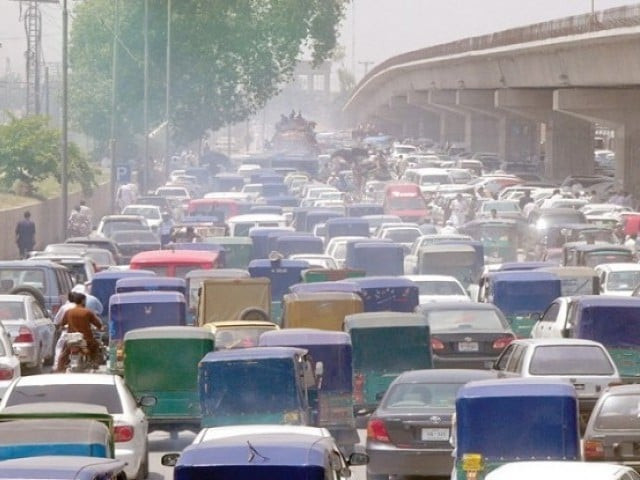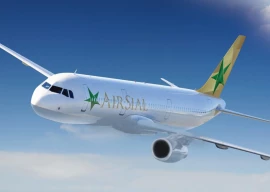
As a result, a large number of vehicles have emerged on the city’s streets and empty plots and constructed houses were either bought or rented. The influx of migrants put strain on the already meagre resources present for people residing in the city.
Road fury
Since Peshawar is a small city, there are fewer opportunities for investment. With instant and incessant migration, people have opted for the easiest means of earning a living. Many of them have chosen to become drivers. As a consequence, the streets of the provincial capital have witnessed a massive increase in the number of taxis and rickshaws.

As per official statistics, 10,000 registered and unregistered taxis and a similar number of rickshaws are spotted on various roads across the city. These vehicles, which have been providing transportation facilities to commuters, have inconvenienced people. Those who are in a hurry to get to their destinations often find themselves at a disadvantage. The sheer magnitude of vehicles on the road has resulted in traffic moving at a snail’s pace.
Futile attempts
The provincial government introduced traffic wardens to resolve the issue of traffic jams and crowded roads. Old police personnel clad in new uniforms with adequate training were given the task to maintain the smooth flow of traffic in the provincial capital. While they did their job well, their expertise failed to achieve desired results when it came to Warsak, GT, Charsadda and Kohat roads.
Realising the shortcomings of traffic wardens at maintaining smooth traffic flow, the government launched a drive against encroachers to ensure pavements were cleared and more space for vehicles appeared on roads.
As encroachments disappear, commuters have heaved a sigh of relief. However, the government must construct roads soon to ensure recovered roads and spaces remain vacant.
Around 0.7 million vehicles enter and exit the city every day while around 0.4 million of them move within the city. Besides causing traffic jams, vehicles also emit smoke and add to pollution levels in the city. Four vehicle emission testing stations have been asked to check vehicles. According to officials, this is a massive undertaking since it is only possible to check about 250 vehicles every day.
Towards tangible solutions
As an alternative, the provincial government started working on Rapid Mass Transit project. However the railways ministry refused to provide land for it. This compelled the provincial government to go ahead with another plan to run 100 buses on the city’s roads.
By the end of 2016, around 100 buses will start transporting passengers to reduce pressure on overcrowded roads. The service will run between General Bus Stand, Hayatabad and Karkhano Market.
Published in The Express Tribune, May 13th, 2016.












COMMENTS
Comments are moderated and generally will be posted if they are on-topic and not abusive.
For more information, please see our Comments FAQ